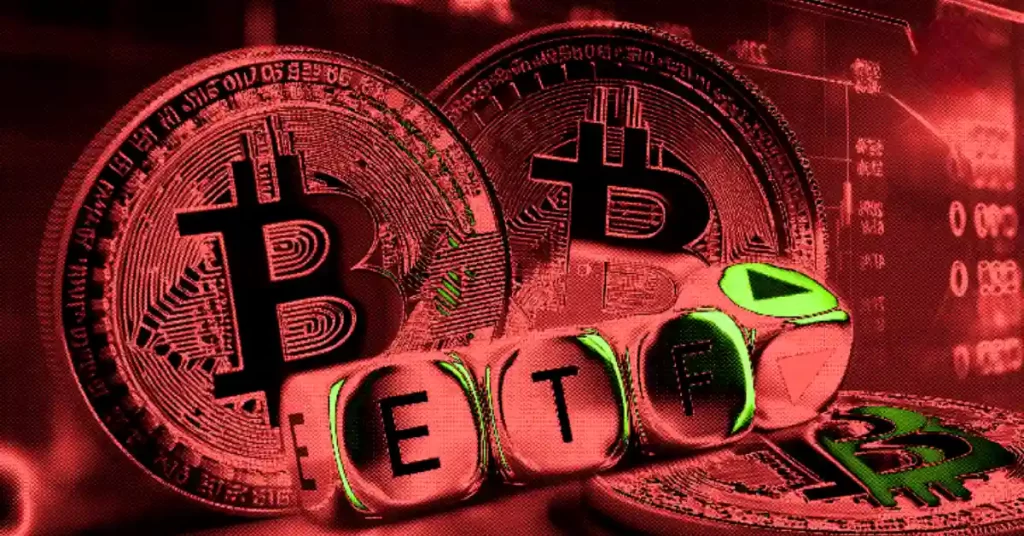France and Germany rally EU support for fresh restrictions on Russian oil giants
France and Germany want the European Union to go after Russia’s energy profits by naming its largest oil companies in the bloc’s next sanctions package.
The proposal demands the EU include Lukoil and its trading arm Litasco in the 19th round of penalties, to choke off what Paris and Berlin call “Moscow’s capacity to export its oil.”
The demand is backed by both governments but came with no public comment from either, as negotiations continue behind closed doors.
The EU’s next sanctions package is still in development, but it already includes plans to target Russian banks and escalate pressure on the country’s energy sector. Every round of sanctions must be approved unanimously by all member states.
Hungary has blocked previous efforts to punish oil firms, and it’s expected to fight back again. But this time, France and Germany are pushing for broader tools: the sanctions draft also goes after Russia’s shadow fleet of tankers that bypass current restrictions and the traders in third countries helping move the oil.
EU and US aim to close loopholes and crack down globally
The EU is now trying to coordinate this new package with the United States, whose officials are hosting an EU delegation in Washington this week to align both strategy and enforcement.
Talks include secondary sanctions, more levies on buyers of Moscow’s oil, and penalties targeting the covert oil fleet operated by Moscow. Lukoil and Rosneft PJSC are both on the radar of Washington’s Treasury Department.
Treasury Secretary Scott Bessent said Sunday on NBC’s Meet the Press, “We are prepared to increase pressure on Russia, but we need our partners in Europe to follow.”
The White House, under President Donald Trump, has avoided placing direct sanctions on Putin so far. Trump has missed several self-imposed deadlines and has not responded directly to Vladimir Putin’s refusal to negotiate peace.
But Trump has taken action elsewhere; he doubled tariffs on India to 50% in response to India’s continued purchases of Russian crude.
In the same proposal, France and Germany want tighter enforcement against Russia’s financial and logistics networks that help the Kremlin dodge existing sanctions. Some EU capitals want to go even further, applying sanctions on civilian sectors that are feeding Russia’s military supply chain.
EU turns up pressure on Russia
As Russia’s economy starts to show more stress, Brussels sees this as a way to shut down military production disguised under civilian industries.
The upcoming package could also remove special carve-outs that let companies like Rosneft continue operations under previous exemptions. Alongside that, the EU is preparing to ban exports of key goods and chemicals used by Russia’s arms industry and restrict access for foreign firms, including those based in China, that keep supplying banned items.
The EU is also examining how to cut China’s support to Russia’s war machine. Beijing has become a main supplier of drones and other military tech now deployed in Ukraine. Some of the sanctions under discussion would restrict trade with Chinese firms helping boost Russia’s military manufacturing.
Other ideas in the works include visa restrictions, actions against ports dealing with sanctioned vessels, and bans on services like artificial intelligence that could be used by Russia’s military. Everything is on the table, and EU ambassadors were already briefed over the weekend. The full sanctions package is expected to be formally proposed within days.
Russia remains under some of the harshest economic sanctions in history, but it has kept exporting oil by re-routing trade through India, China, and other states. Moscow also continues to access restricted goods using middlemen in third countries.
That’s why this new round is trying to shut every backdoor. The final sanctions list may still change, depending on negotiations with EU capitals in the coming days.
Get seen where it counts. Advertise in Cryptopolitan Research and reach crypto’s sharpest investors and builders.
Vous aimerez peut-être aussi

Avalon Labs Accelerates AVL Coin Burn with Strategic Buyback

Pioneering Breakthrough: US and South Korea Forge Ahead on Digital Asset Policy
